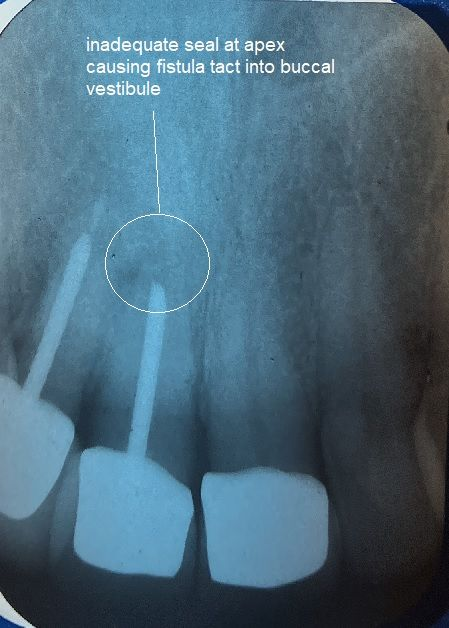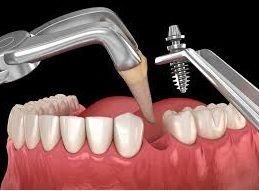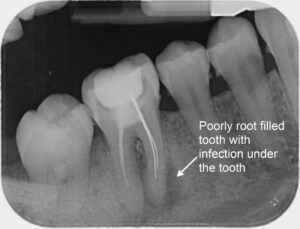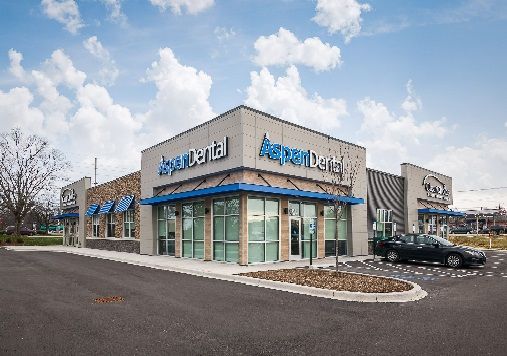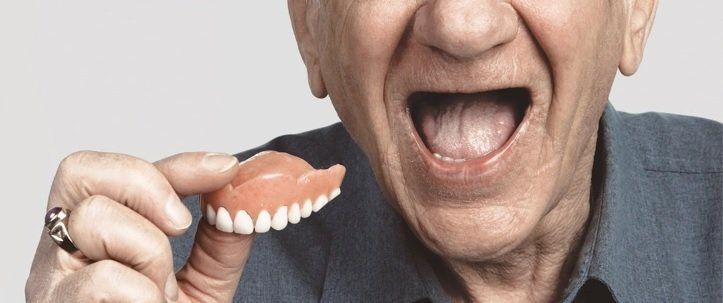
Like your natural teeth, your dentures should be brushed daily to remove food particles and plaque. Brushing also can help keep the teeth from staining.
Rinse your dentures before brushing to remove any loose food or debris.
- Use a soft bristle toothbrush and a non-abrasive cleanser to gently brush all the surfaces of the dentures so they don't get scratched.
- When brushing, clean your mouth thoroughly—including your gums, cheeks, roof of your mouth and tongue to remove any plaque. This can help reduce the risk of oral irritation and bad breath.
- When you’re not wearing your dentures, put them in a safe place covered in water to keep them from warping.
- Occasionally, denture wearers may use adhesives. Adhesives come in many forms: creams, powders, pads/wafers, strips or liquids. If you use one of these products, read the instructions, and use them exactly as directed. Your dentist can recommend appropriate cleansers and adhesives; look for products with the ADA Seal of Acceptance. Products with the ADA Seal have been evaluated for safety and effectiveness.


